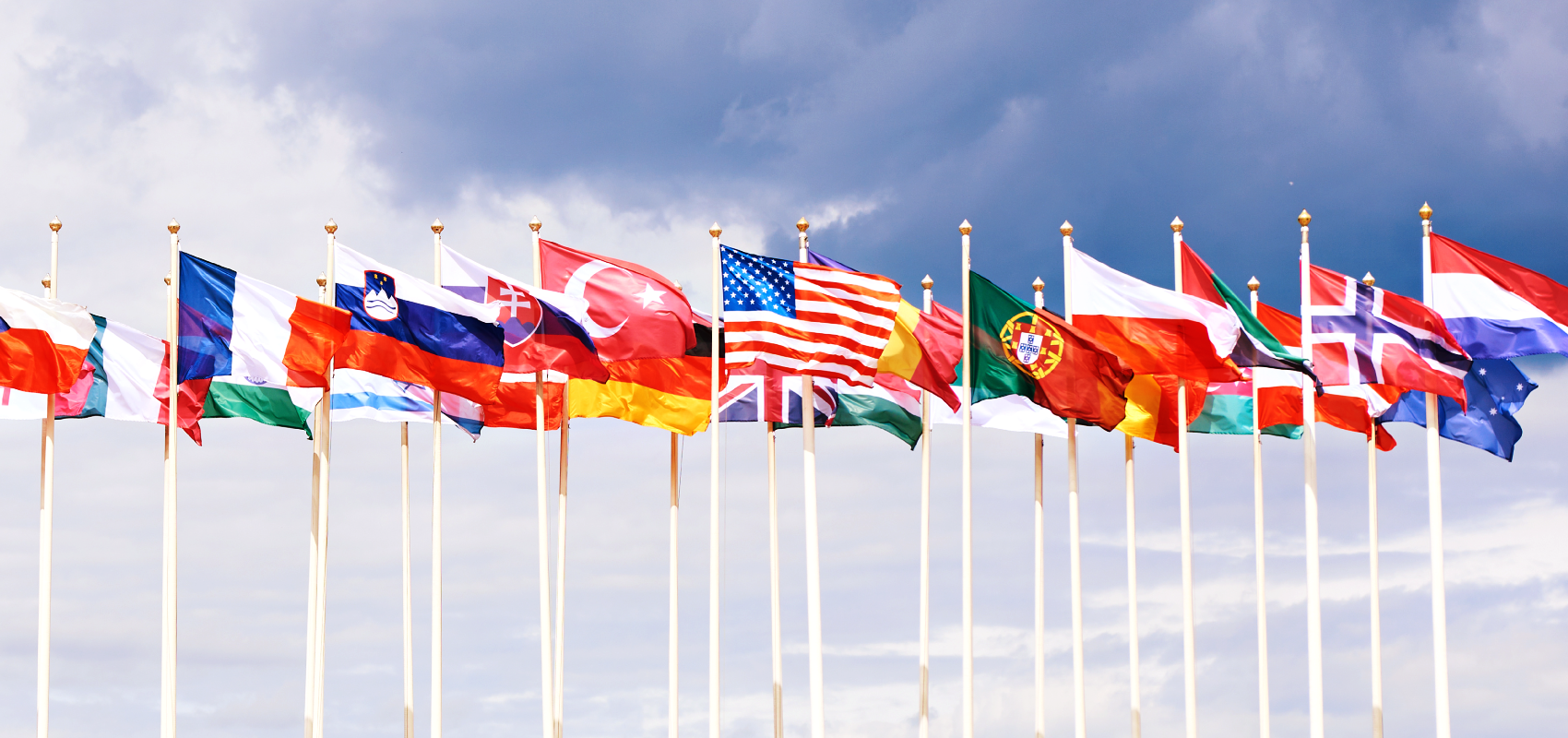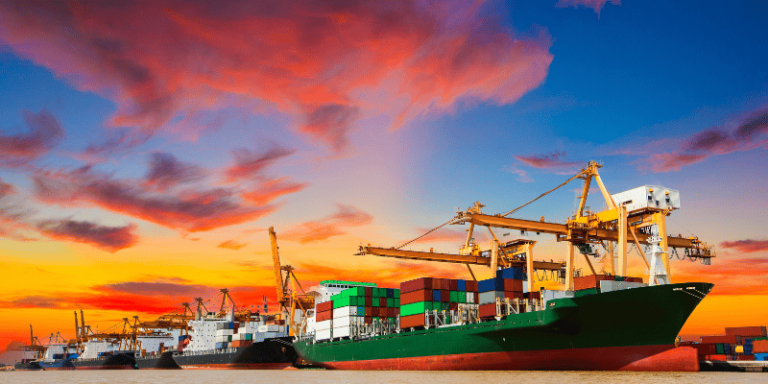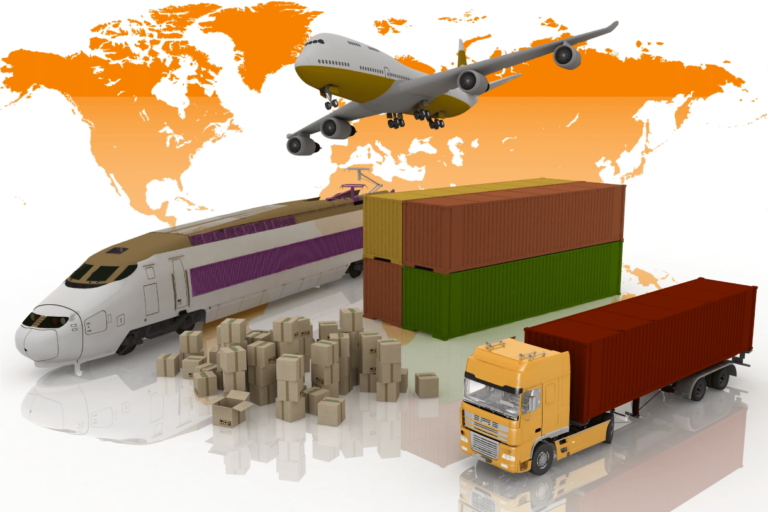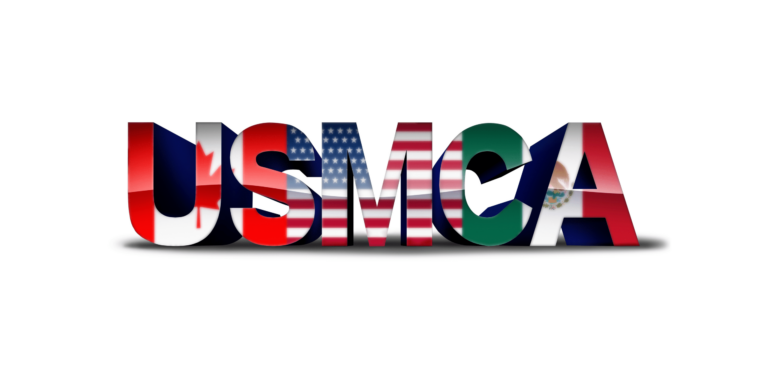Is Your Company Capitalizing on Free Trade Agreements (FTAs)?
The primary purpose of free trade agreements (FTAs) is to lower or remove tariff barriers that hamper the active trade of goods and services between countries and to protect intellectual property rights. The U.S. alone has more than 12 FTAs, and there are more than 400 regional trade agreements worldwide; even so, it appears that many companies fail to leverage this opportunity to open up foreign markets to their products. Based on a study by KPMG International and Thomson Reuters, fully 70% of companies involved in international trade do not utilize FTAs at their disposal. This is alarming considering the ongoing, difficult negotiations that countries participate in to improve trade relations, but the reality is that there are a variety of complex reasons companies give for not leveraging FTAs. [/vc_column_text][vc_column_text]
Why Do Companies Fail to Utilize FTAs?
-
Compliance with FTAs can be complicated and time-consuming
While the benefits of FTAs may be immense, the compliance process can be burdensome and challenging. Qualifying goods, providing certificates of origin, processing complex bills of material, keeping track of one or more FTAs – all the documentation, recordkeeping, and other requirements – can be time-consuming and extremely complicated. For these reasons, many companies feel that by using FTAs, they may be adding more responsibilities to their operations, thereby shifting attention from their core competencies in ways that don’t positively affect their bottom line. They believe that using FTAs will slow their productivity and that they will lose their competitive advantage.
-
Deficient Technology
There is no doubt that technology is one key element that plays a pivotal role in customs compliance. According to the report by KPMG, many companies involved in international trade are still technologically deficient. This means that they are still utilizing inefficient manual processes that could expose them to risk and consume more time and resources if they decided to adopt FTAs. This deficient technology makes compliance a daunting experience and the use of FTAs impracticable. One solution to both deficiencies in technology and the compliance problems inherent with manual processes is for companies to invest in one of the many software applications available to help automate the compliance end of FTAs. They can streamline global sourcing, minimize supply chain risk, and easily break down logistics and trade compliance requirements.
-
Non-compliance Attracts Hefty Penalties
Compliance can be a complicated process; however, non-compliance is a costly affair with inherent risks of expensive fines and governmental penalties that impact profit. The impression is that it may be better to avoid utilizing FTAs rather than adopting them and working through the compliance standards. But while some companies may feel like FTAs are burdensome, significant financial benefits are possible with the proper compliance staff in place.
-
The Importance of Utilizing FTAs
The greatest advantage of FTAs is that your company can enter and compete more advantageously in the international market through reduced tariffs. These agreements can give your product a price advantage over non-FTA firms, thereby edging out the competition.
Getting a product through customs can be cumbersome. With FTAs, your company’s customs process can be streamlined, thereby reducing bottlenecks and the headaches of exporting. This can be accomplished in various ways, including the harmonization of product standard requirements and software designed for FTA compliance, among others.
Another reason why companies should leverage FTAs is the protection of intellectual property. FTAs can help protect intellectual property by offering expanded protection for trademarks, copyrights, patents, and trade secrets. With member states agreeing to a proper enforcement procedure and a practice of fair treatment, this can guarantee that issues relating to intellectual property will not create unnecessary friction between companies in different countries.
And if you’re thinking that only large corporations benefit from FTAs, think again; over 90% of exports to FTA countries come from small to medium-sized companies. These businesses are the heart of the U.S. economy and should be the ones to take full advantage of the benefits of what FTAs have to offer.
With which countries does the United States have an FTA?
U.S. FTA Partner Countries
- Australia
- Bahrain
- Chile
- Colombia
- DR-CAFTA: Costa Rica, Dominican Republic, El Salvador, Guatemala, Honduras, & Nicaragua
- Israel
- Jordan
- Korea
- Morocco
- NAFTA: Canada & Mexico
- Oman
- Panama
- Peru
- Singapore
[/vc_column_text][vc_column_text]Global Training Center has a wide variety of courses to offer; seminars, webinars, on-demand, and private trade compliance training sessions are available. We have a course where you can learn about other FTAs. Learn more about our NAFTA Rules of Origin 6.5 Hrs Teaching with Printed Reference Book [icon name=”arrow-circle-o-right” class=”” unprefixed_class=””]
Feel free to contact us for more information or to enroll for any of our classes. We have first-hand knowledge and trained, experienced professionals to help you get the best education and help you get started in the right direction.








